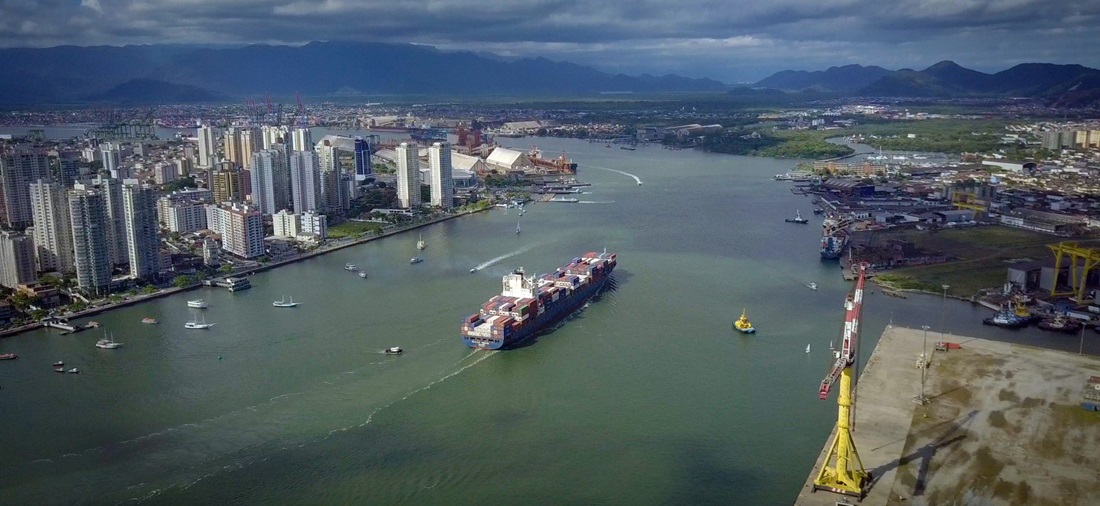
Ballast Water Regulation in the Port of Santos Reinstated
Feb, 13, 2025 Posted by Denise VileraWeek 202506
As of 12:00 AM on Thursday (02/13), the regulation issued by the Santos Port Authority (APS) requiring ships to present a certificate of compliance with international ballast water disposal rules is back in effect. The reinstatement follows a decision by the Federal Regional Court of the 1st Region, which granted APS’s request to suspend a ruling invalidating the measure.
The court decision, issued in Brasília on February 11, ruled that the National Waterway Transport Agency (Antaq) had exceeded its authority when it declared the Port Authority’s regulation null. Antaq invalidated the APS regulation in September last year.
The APS regulation aims to enhance environmental safety at the Port of Santos, which is already struggling with invading exotic species. This phenomenon, known as bioinvasion, poses a significant threat to marine life and has caused severe environmental and social damage, including the disruption of subsistence fishing in coastal communities, including Brazil.
According to APS President Anderson Pomini, environmental monitoring is a top priority in Santos: “The Port must be a leader not only in cargo handling but also in environmental control,” he stated. “Other tools and actions will be implemented soon to strengthen local environmental protection,” Pomini added.
APS is maintaining the accreditation process for companies authorized to issue ship certificates of compliance. Accredited companies must use technology-based tools to verify whether vessels have discharged ballast water in permitted areas or adopted filtration systems in accordance with the International Maritime Organization (IMO) standards and the Brazilian Navy’s Normam 401/DPC regulation.
Ballast water is essential for navigational safety, especially when ships are lightly loaded or empty. To submerge their propeller systems, ships use liquid weight stored in tanks within their hulls. Water from ports and estuaries worldwide helps stabilize the vessels and prevent damage, including structural failure or capsizing during storms. The amount of ballast water required depends on cargo volume: the less cargo, the more ballast water is needed. Once sufficiently loaded, the ship discharges the ballast water.
However, ballast water can carry sewage, toxic materials, and even living organisms from one region to another, leading to serious environmental and public health issues. Many transported plant and animal species are endemic, lack natural predators, and can quickly reproduce, competing with native species. Pathogenic bacteria and other harmful microorganisms may be transported between regions through discharged ballast water.
-
Economy
Dec, 20, 2021
0
Beef, grains, fish and fruits. Find out what Brazil and Chile trade in agribusiness
-
Meat
Aug, 23, 2021
0
Japan opens market for poultry genetic material from Brazil
-
Meat
Mar, 31, 2022
0
China to buy 40,000 t of frozen pork destined to its state reserves
-
Economy
Apr, 17, 2024
0
Global Trade Outlook for 2024: A Projection Amidst Rising Tensions



